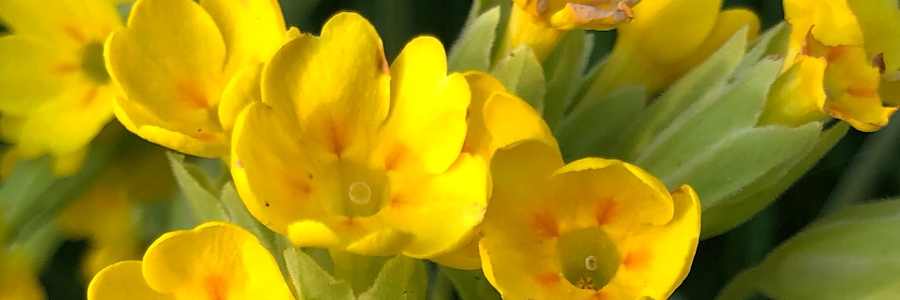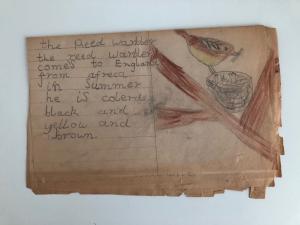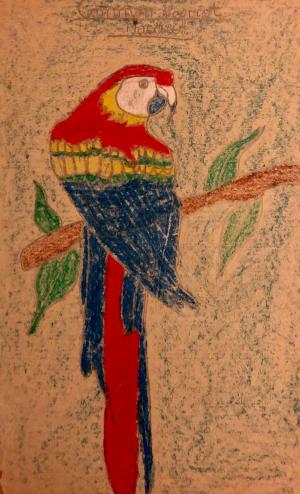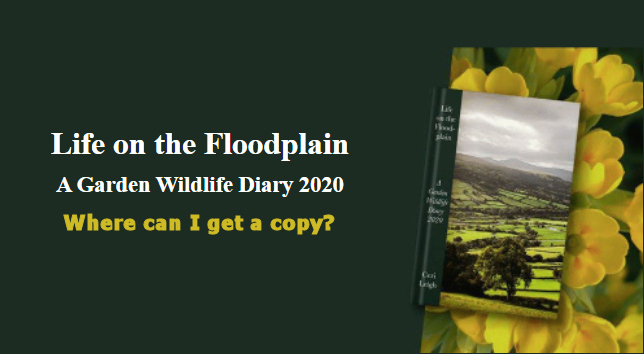
How Photographing Nature Helped Heal My Trauma
by Ceri Leigh
FOR as long as I can remember, I have always been interested in natural history. At the age of eight, I was overjoyed when my teacher informed the class that we were to create an environmental studies project. I made a booklet, the pages strung together with a piece of wool, drew various animals and wrote about them in wobbly writing. From that moment, I wanted to write a book on the subject.
Having studied wildlife illustration at Carmarthenshire College of Technology and Art, I began work at the Natural History Museum as a graphic designer. In 1995, we created a wildlife garden as an outdoor exhibition. In my lunch hours, I set up and ran a monitoring scheme, publishing the results with my science colleagues and since then, over three thousand species of plants and animals have been recorded at the site. For years, I had my dream job working as an exhibitions manager at one of Britain’s most popular museums.
Then one day, on my way home from work, I had an accident. It was scary in its simplicity. In a moment, my world came crashing down. I spent a year and a half learning to walk again and developed post-traumatic stress disorder (PTSD). For the best part of a decade, I’ve been in therapy. I suffer flashbacks and dissociative seizures that mean I need help to get out, no longer travel far and often collapse. It’s been a long journey of piecing my mind back together with small steps every day, but I’ve always found nature restorative and calming. Observing wildlife connects me to the present reality: I find it meditative.
As a distraction from anxiety, I began taking photographs on my iPhone of the plants and animals in our garden and the surrounding area. I am extraordinarily lucky to live in the peaceful mountains of Wales, on the edge of the floodplain, sandwiched between the Black Mountains and the Brecon Beacons. Our large garden is beautiful. It’s wildlife-friendly, with a stream running through the middle of the garden, hedges and mature trees that host birds and squirrels and a small meadow full of native grasses, flowers and untouched areas, to attract different species.
On January 1st, 2020, I began journaling my observations alongside my photographs. As for all of us back then, I had no idea that a pandemic would soon change the world. With lockdowns and national restrictions in place, there was less traffic on the roads in the beautiful Usk countryside near to where I live, and I was able to clearly hear the birds singing. We get along, the birds and I.
You may be wondering why I decided to write this book. Well, journaling and taking pictures of the wildlife in my garden became an important focus for me – and I believe in the power of nature to help heal the mind.
It is my aim with this book to encourage everyone to look out for wildlife in their own local environment. Only by an awareness of our connection to the environment can we appreciate the natural world around us and protect it for future generations. Even in a busy city it can be surprising how many species of plants and animals are there if you take a moment to pause and look around.
I hope that readers may find the same meditative quality reading my book as I have found documenting, photographing and journaling my experience of life on the floodplain.



